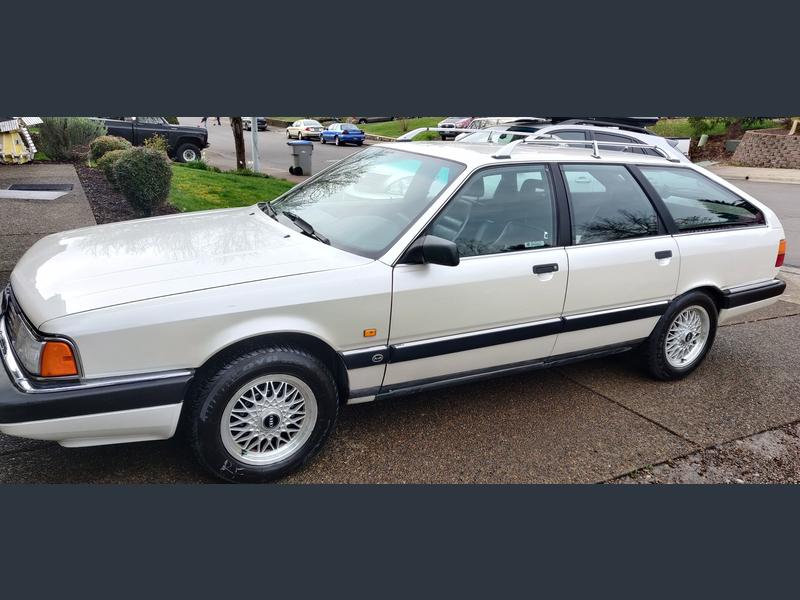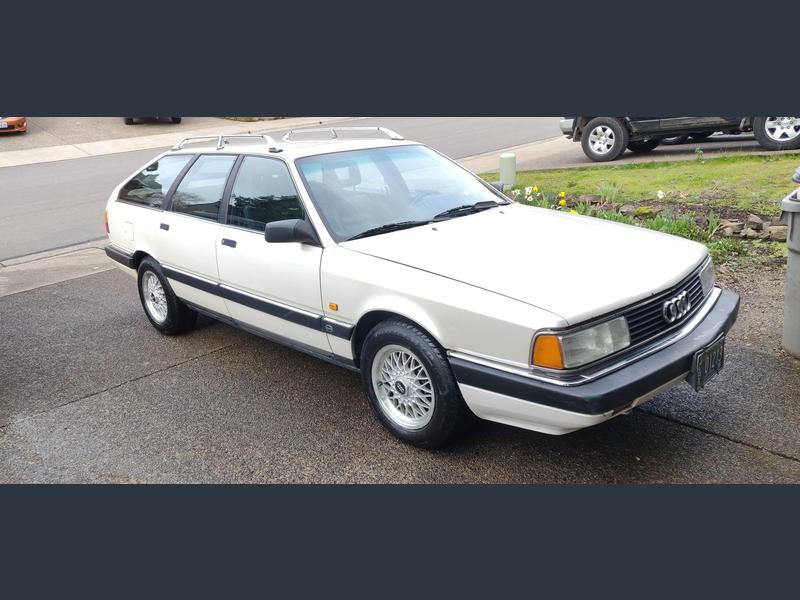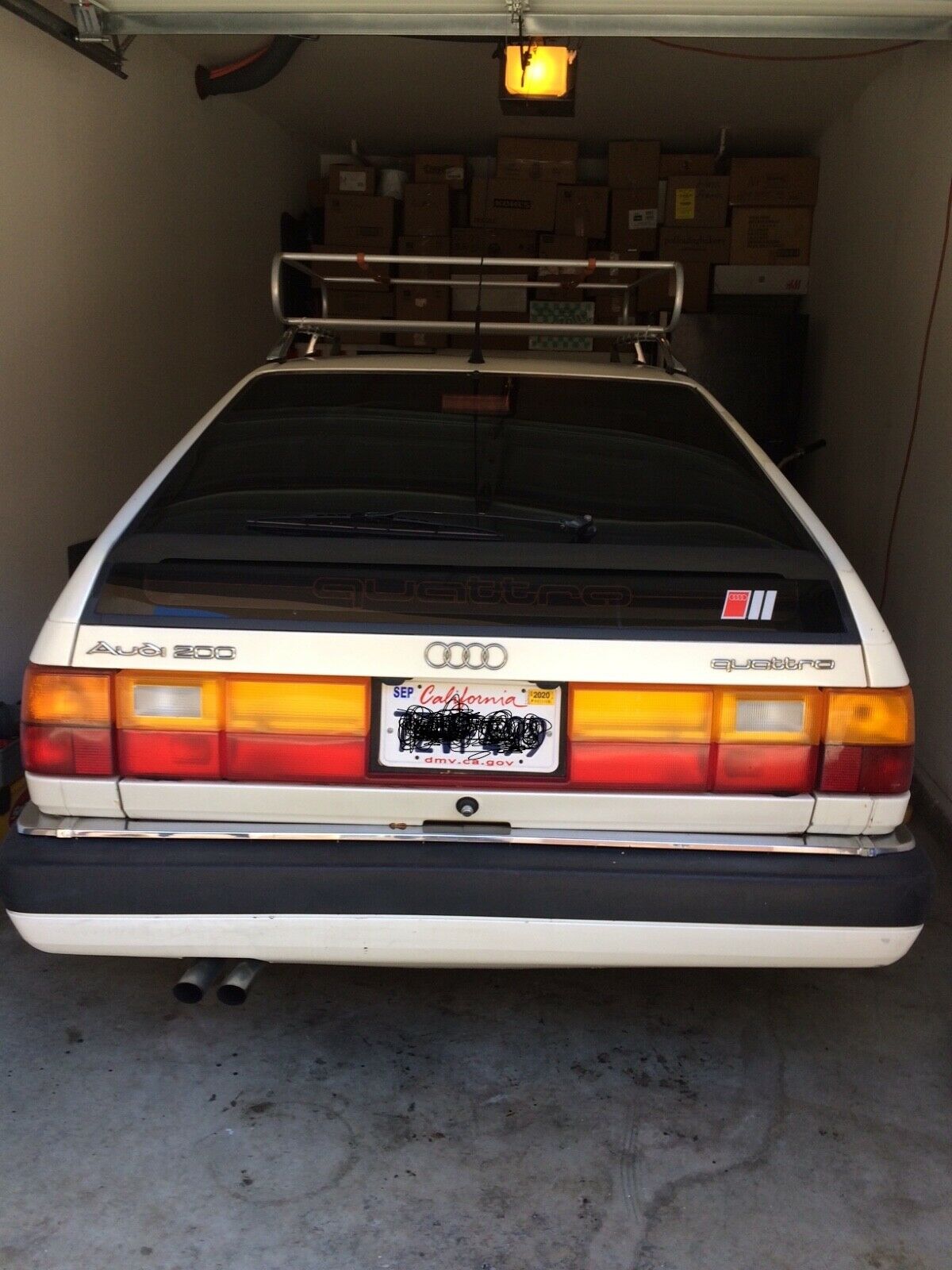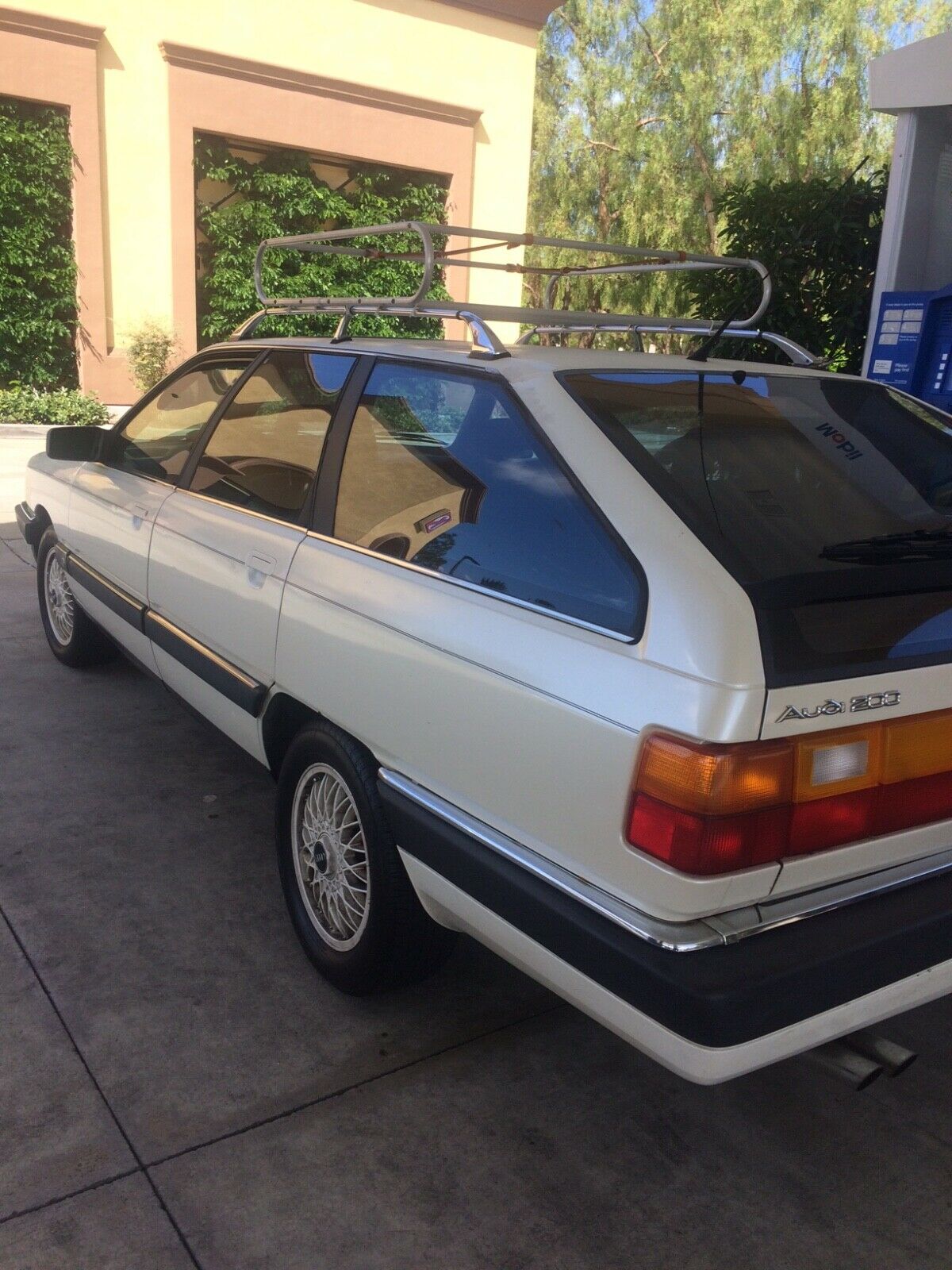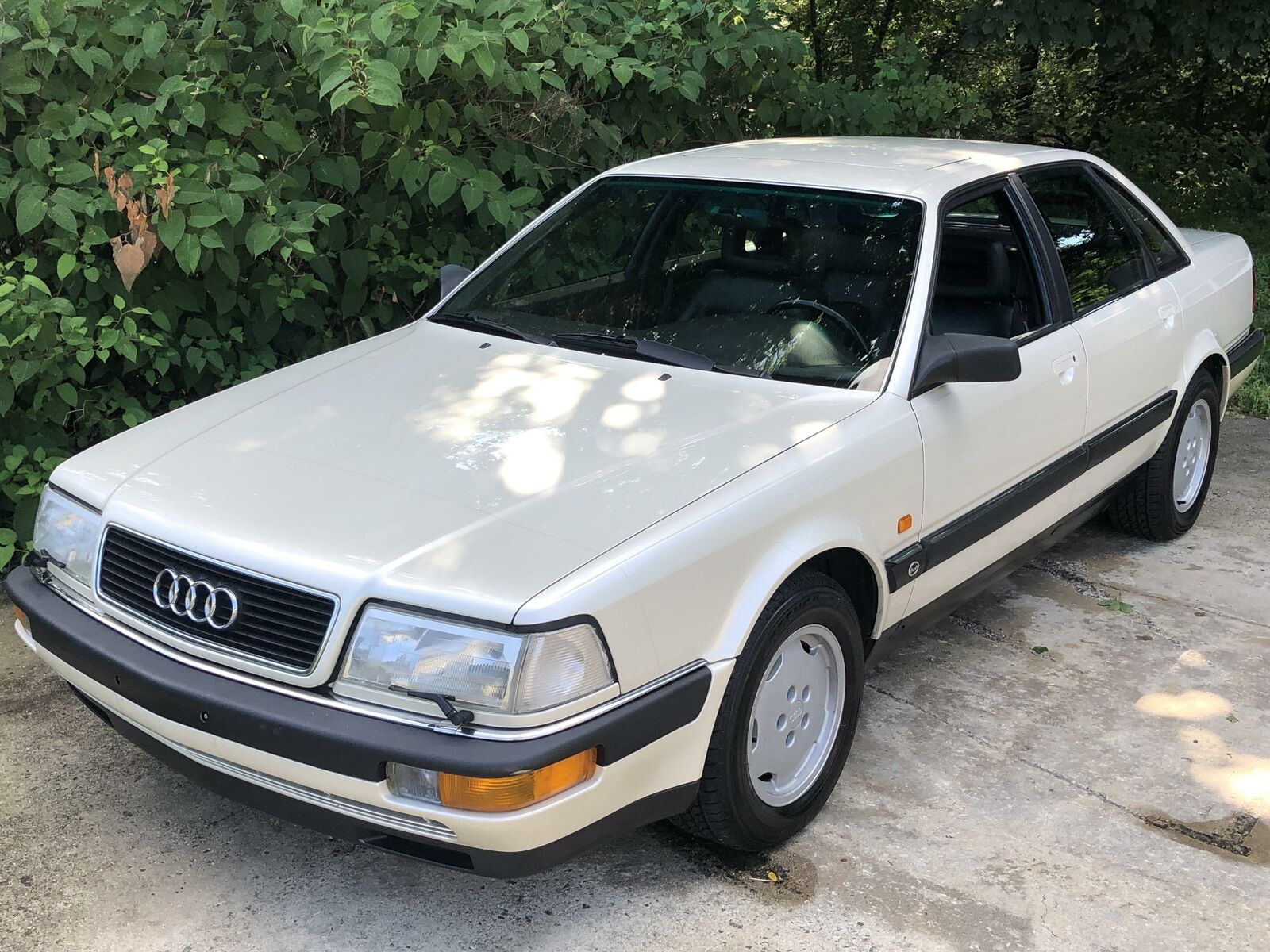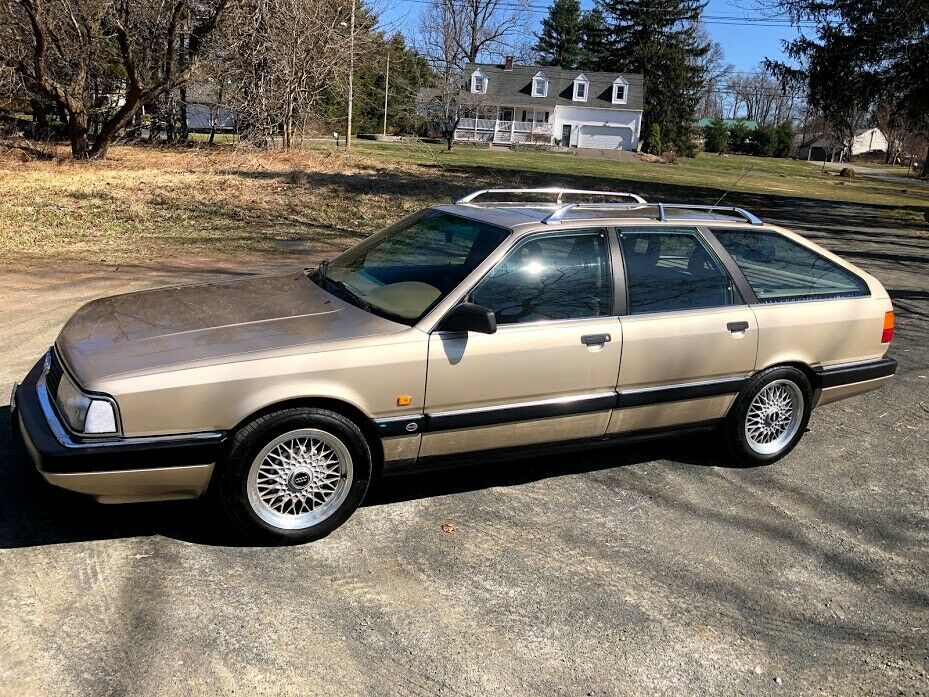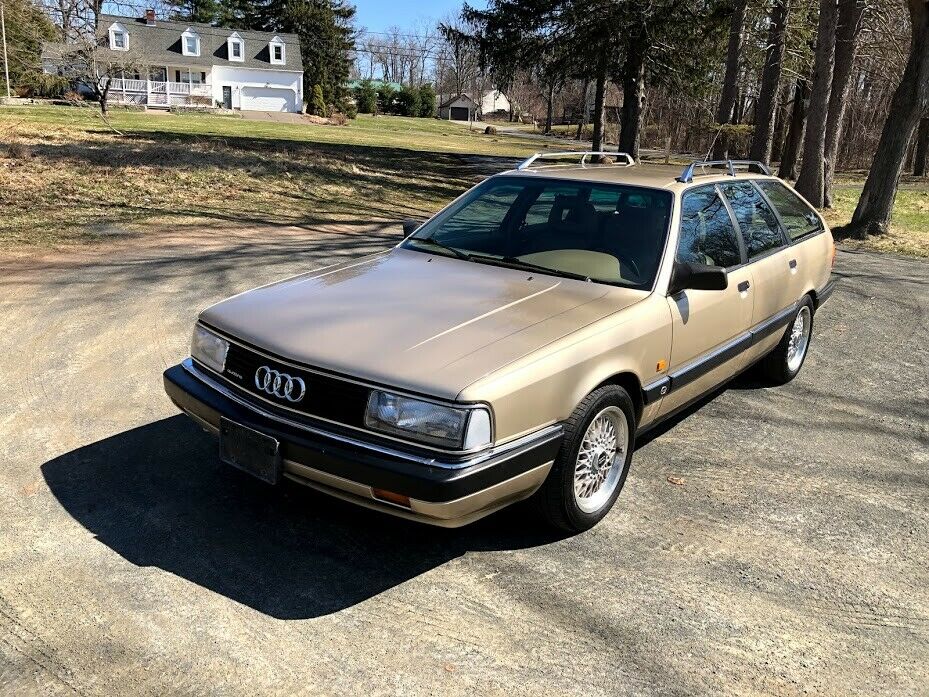1991 was a great year for Audi and Volkswagen enthusiasts in America, robust with performance options all around. Fans of normally aspirated motors had multiple double-cam choices; the 16V twins from Volkswagen with the GTI/GLIs, each with heavily bolstered Recaros and awesome BBS wheels. Going slightly less boy racer and more upscale yielded the equally impressive 20V inline-5 duo from Audi, with the Coupe Quattro and 90 20V quattro. They weren’t as quick off the line, but they were certainly well built, solid performing luxury vehicles. Of course, the big daddy of normal aspiration in the lineup was the V8 quattro. Still at 3.6 liters and 240 horsepower for 1991, it was also available with a manual transmission and was in the midst of a winning streak in the DTM series, usurping power from the E30 M3 and 190E 2.5-16 in monumental style.
If forced induction was more your choice for speed, there were plenty of options there, as well. 1991 featured a slightly revised Corrado, now also with BBS wheels and the 1.8 liter G-lader supercharged motor. Audi offered you a luxury cruiser still in the 200 Turbo, as well. But the big news was finally the release of the 20V Turbo motor into the lineup. Long featured in the Sport Quattro, then RR Quattro in Europe and later S2, in America Audi brought the 3B turbocharged inline-5 package in the 200. As an added bonus, it was available in both sedan form and the innovative Avant wagon. Producing 217 horsepower and a bit more torque, the Audi was capable of 0-60 runs in the mid-6 second range if you were quick with your shifts. But this wasn’t a bracket racer – the 200 was a luxury car through and through, with a well-appointed cabin full of the things you’d expect – Zebrano wood trim, electric powered and heated leather seats front and rear, and a high-quality Bose stereo. Unusual for a luxury car of the time, but underscoring the German’s feelings towards driving, were the number of driver-oriented items. The dash was full of gauges, and unlike the V8 and 200 Turbo, the 20V was manual-only. Next to the shift lever was the manual rear differential lock, though as with all the second generation quattro drivetrains, the electronic lock disengaged at 15 m.p.h. automatically. The center differential was a Torsen unit capable of varying power as well. And the brakes were unconventional floating-rotor designs, intended to help haul the heavy 200 down from triple-digit Autobahn speed with ease. Unlike the normal 200, the fenders on the 20V were flared slightly to accommodate BBS forged wheels, 15×7.5″ all around and shared with the V8 quattro. It sounded like a recipe for success, and was a well regarded car when new even if the unconventional manual/turbo-5 setup lacked some grunt compared to the V8s of the day.
Yet this was still the fallout period of both the recession of the 1990s and Audi’s fall from grace in the U.S. market, so the 200 was a slow seller. On top of that, the C3 was at the very end of its life cycle, replaced mid-1991 with the C4 chassis. As a result, very few of the 200 20V quattros were built; Audi claims 4,767 sedans and a scant 1,616 Avants were produced with the 3B motor. Of those, only about 900 sedans made it to America. But the number you care about? Well, this 1991 200 20V quattro Avant is one of the 149 originally imported here.
